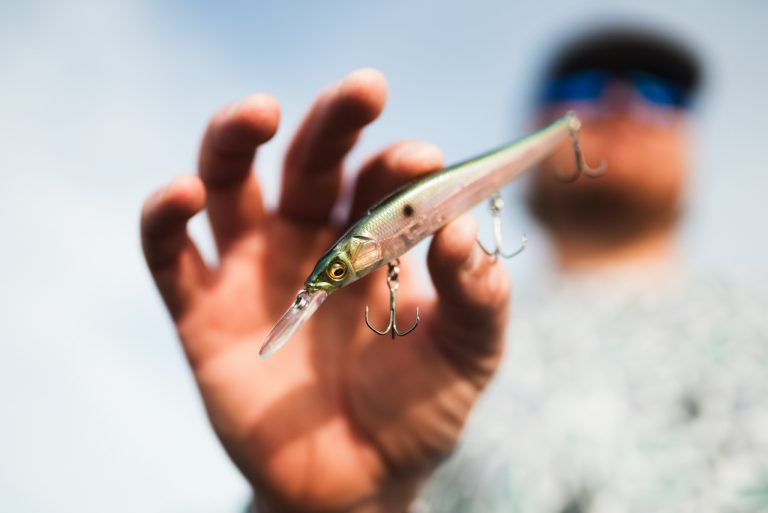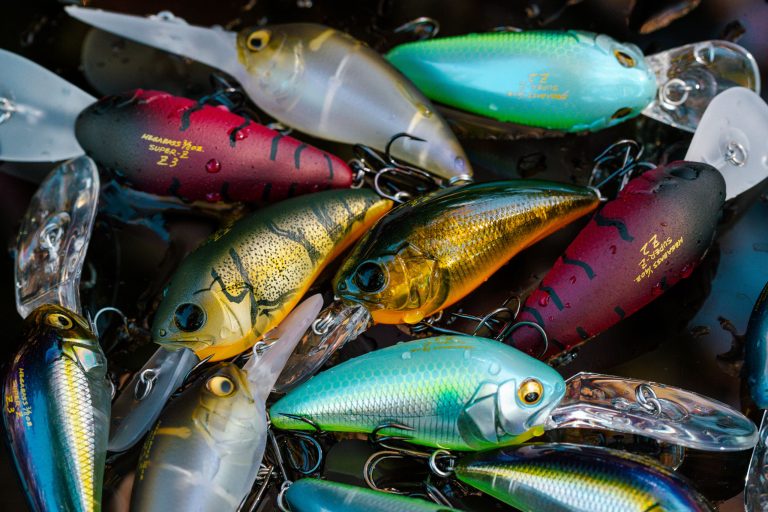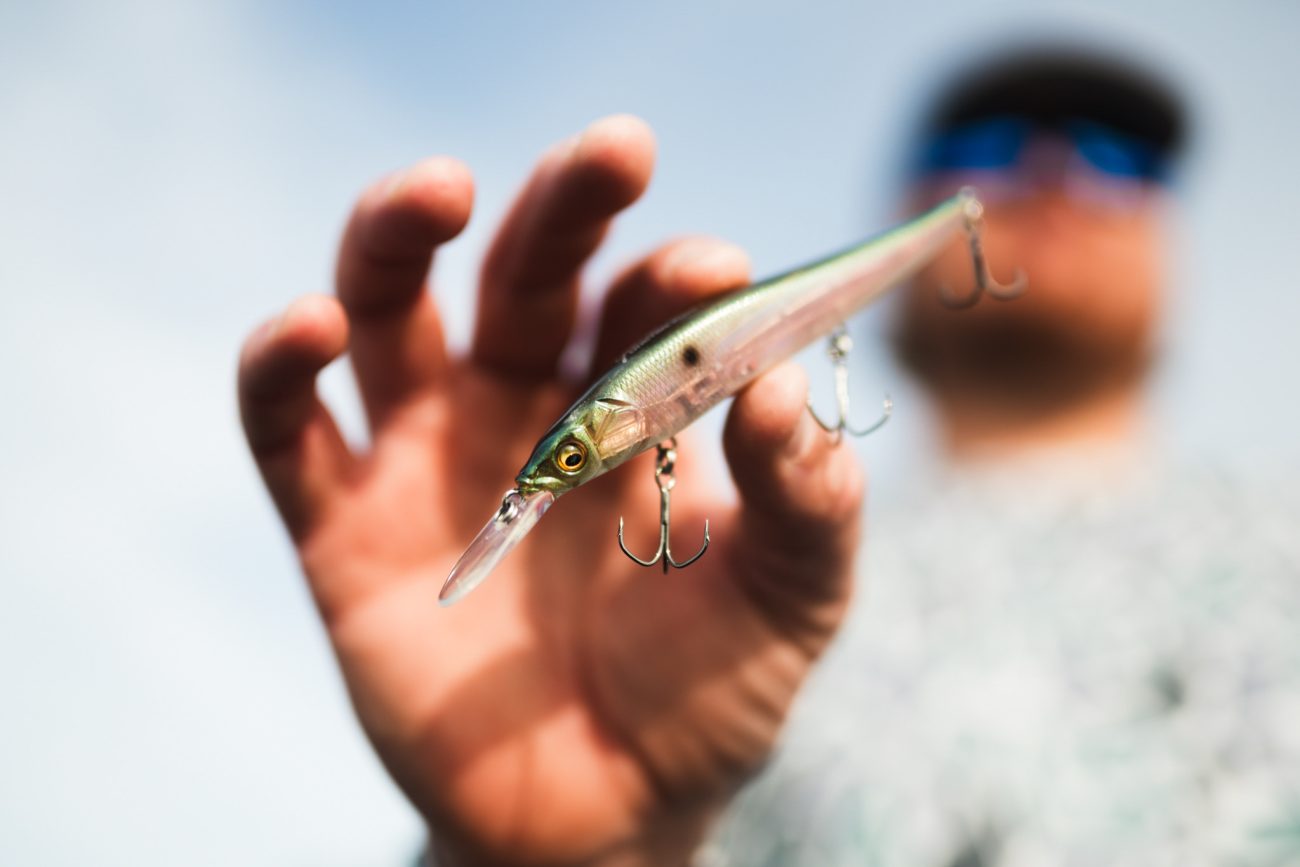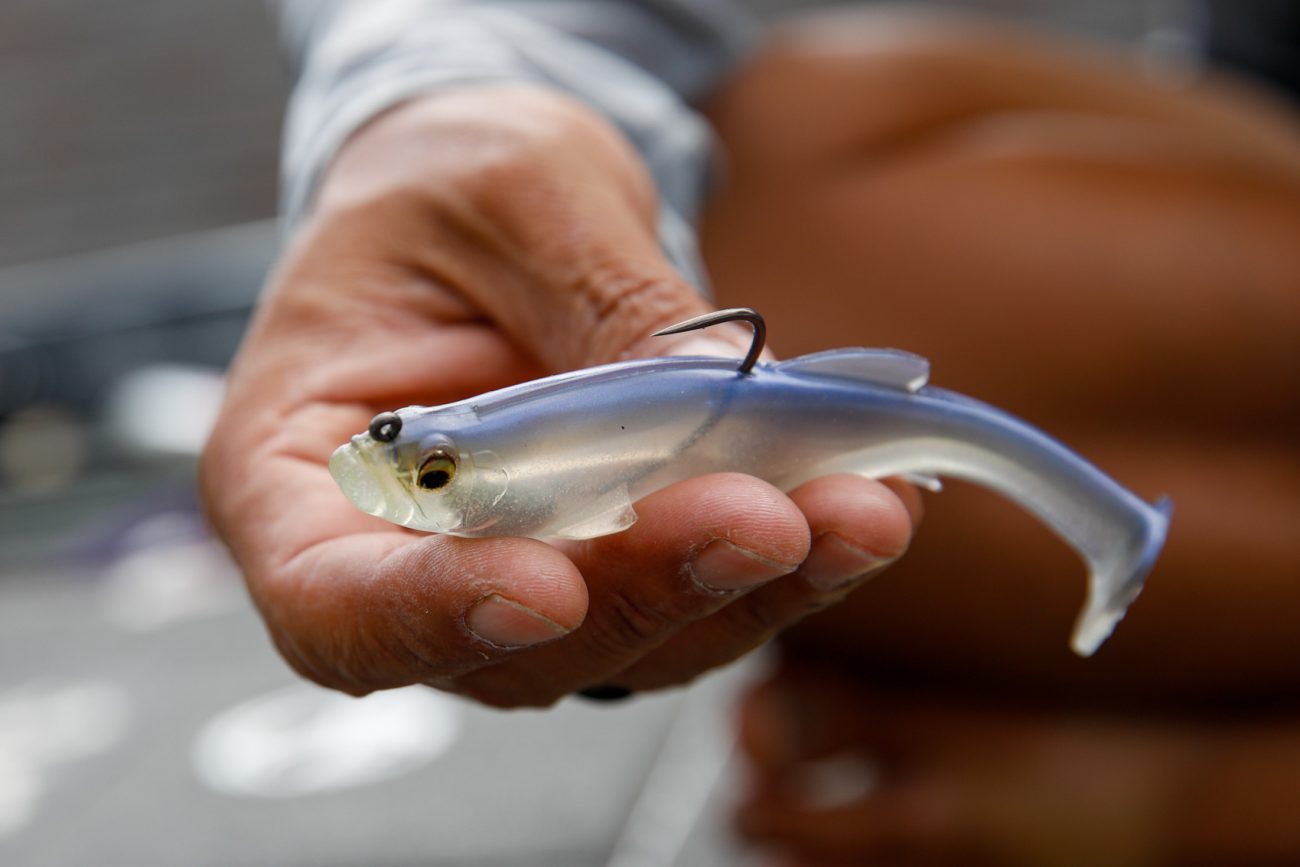Jerkbait fishing in winter can be one of the most challenging yet rewarding techniques out there. Even if you’ve mastered the perfect cadence, dialed in your color patterns, and picked the right size and equipment, there’s still one final piece of the puzzle: location.
Understanding the Role of Water Visibility and Bottom Composition
The best wintertime jerkbait locations depend heavily on the type of lake you’re fishing. It starts with understanding the bottom composition—rock, gravel, or sand—because bass are drawn to these different types of substrate. As Randy Blaukat puts it, “The species of bass can also determine best locations.”
But even if you find the right bottom composition, water clarity remains the biggest piece of the puzzle. “You hear me speak a lot about the importance of water visibility in jerkbait fishing. It’s the most important piece of the puzzle, in my opinion,” Randy says. Water visibility doesn’t just dictate what type of structures you should fish—it also guides which bank angles to focus on and the depths to target.
Key Cover and Structure for Winter Jerkbait Fishing
In winter, it’s all about the rock. “The key cover in wintertime jerkbait fishing is rock,” Randy explains. “The rock can come in forms of rocky bluff banks, chunk rock, boulders, all the way down to gravel. Different sizes of rock, but still rock.”
From there, water visibility will help refine exactly which rock type and depth to start with. Let’s break it down:
Water Visibility Greater Than 5 Feet
If you’re fishing in clear water, the best locations are usually “channel swing bluffs, particularly near the point of these bluffs, and long gravel points that gradually drop off into deep water.” These structures are classic features on highland lakes, offering excellent winter habitat for both largemouth and spotted bass, as well as smallmouths.
“These two populations of bass will be catchable at the same time, but they may not be doing the same thing,” Randy notes. Some bass prefer the vertical migration along bluffs and spend winter there, while others prefer the blend of vertical and horizontal movement on those long sloping points. Expect to find suspended fish anywhere from 8 to 20 feet down over water that’s 15 to 30 feet deep. Their exact depth often depends more on the weather than water temperature. “Sunny days, especially in the afternoons, will have the bass suspending higher in the water column, while the dark, cloudy days will often see them holding a bit deeper.”
Water Visibility Under 5 Feet
In stained water, bass tend to stay shallower and relate to different types of structure. “On lakes with less visibility, you’re more likely to be chasing largemouths as opposed to spotted and/or smallmouth bass, and they also prefer more of a 45-degree angle bank,” Randy says. His favorite locations in these conditions? “45-degree angle, chunk rock type banks, and secondary points in coves and creeks.”
In these dirtier waters, the bass will often hold on secondary points throughout the winter. “The ideal slope in this situation is to have a point where your boat is sitting in 15 to 20 feet of water, and you are about 50 feet from the bank,” he says. These spots often hold bass in groups, or “wolf packs,” of three to eight fish.
How to Adjust to Your Lake’s Unique Conditions
One of the most interesting insights about winter jerkbait fishing is that as water visibility drops below 5 feet, fewer bass stay on main lake structures. “They’ll be more likely to live in the creeks and coves,” Randy points out. But he also cautions that no two lakes are exactly the same. “Each lake in the country is unique. Even though they may appear similar, some lakes will see patterns develop that others never see, based upon how the lake lays out, its available cover, clarity and weather patterns.”
Putting it All Together: Lure Selection Matters
For bass holding deeper, Randy suggests going with the Megabass Vision Oneten+1, while for those suspended 3-6 feet down, the standard Vision Oneten can be a killer choice.
Location is Key
Finding the best wintertime jerkbait locations isn’t just about the right bait—it’s about understanding how water clarity, bottom composition, and available cover intersect to create the perfect winter haunt for cold water bass. As Randy says, “Nevertheless, these tips will give you a good starting point on where to begin your search, and you can modify your approach and adjust to your specific lake as needed.”
Good luck, and good fishing!







